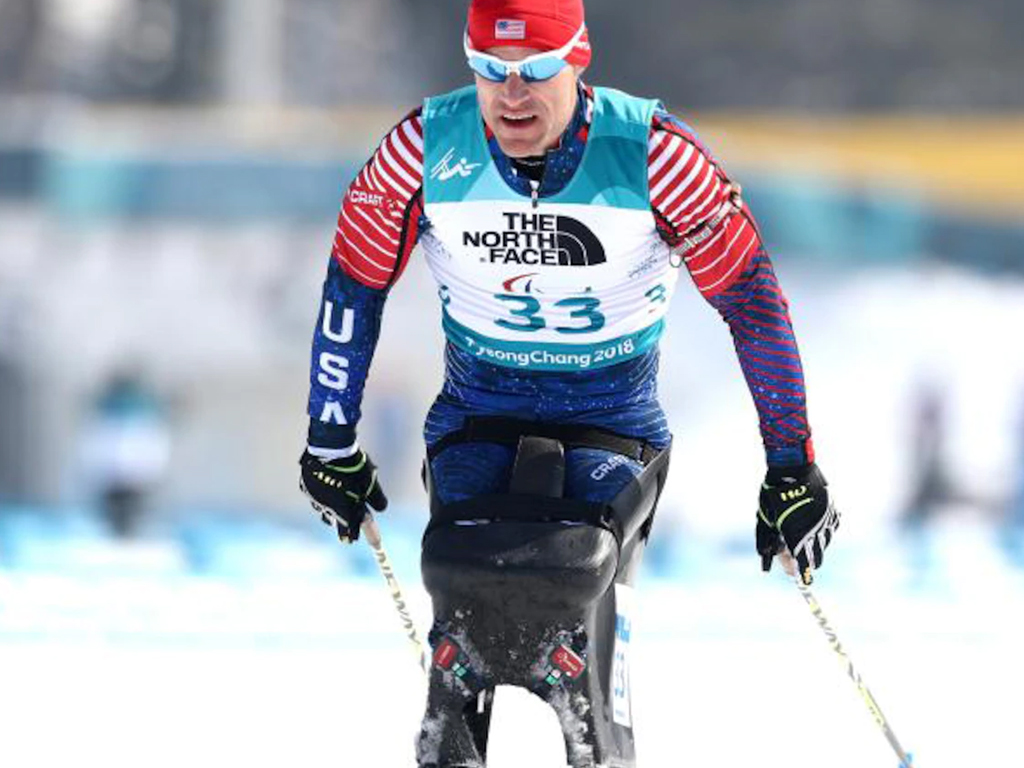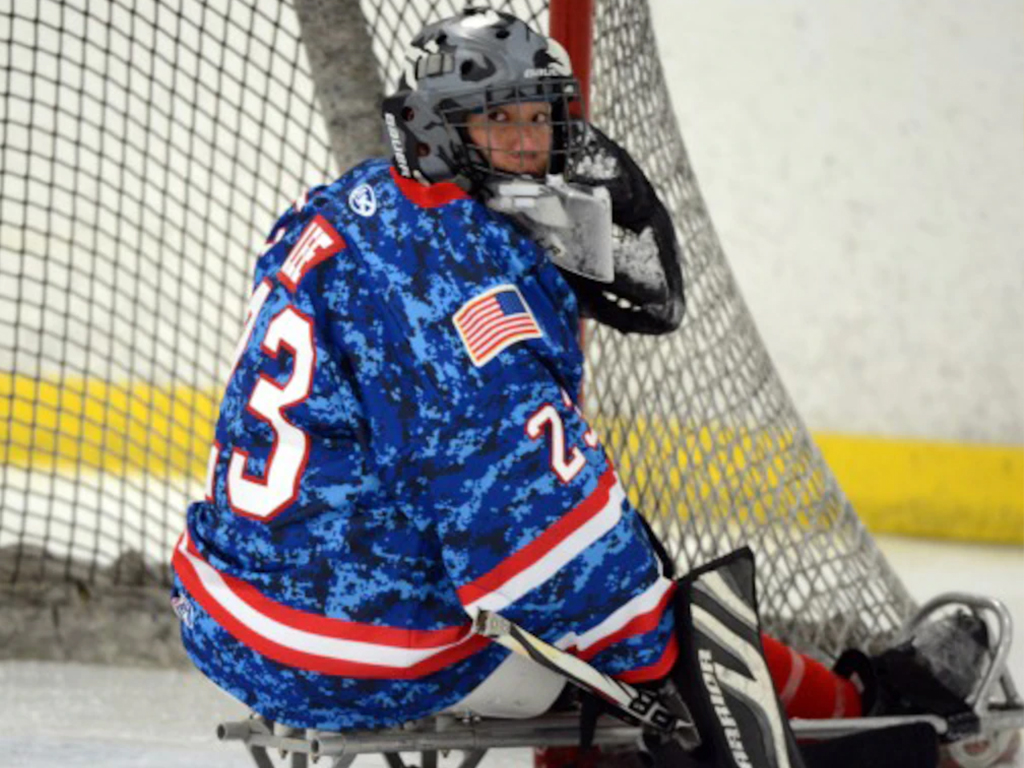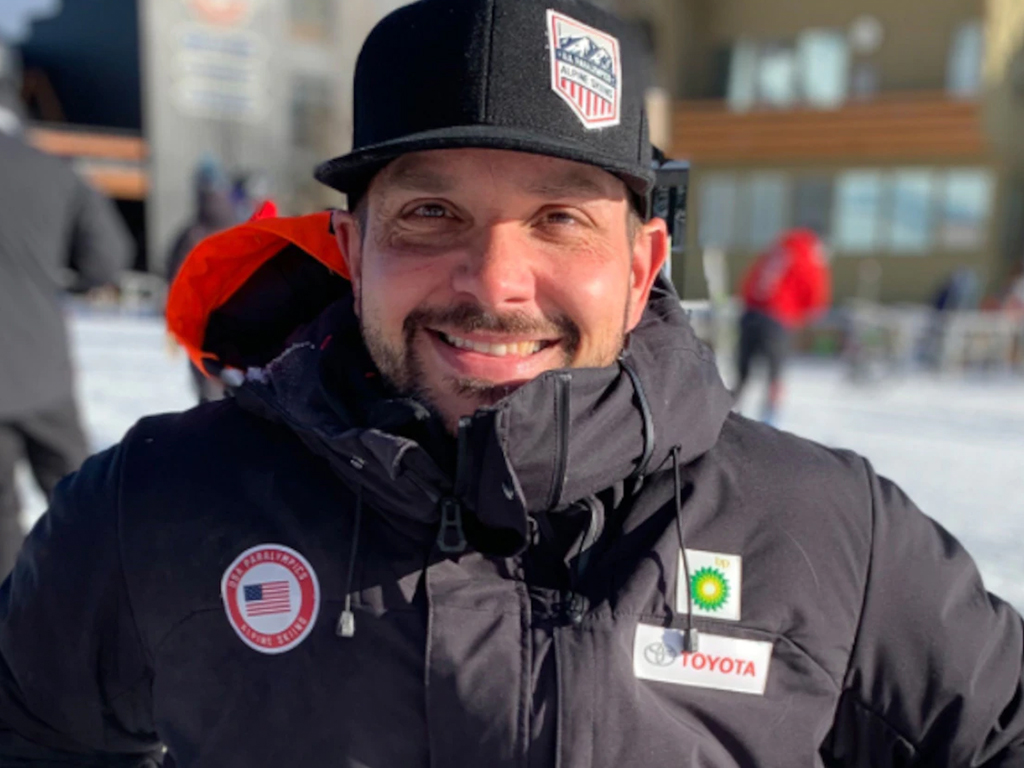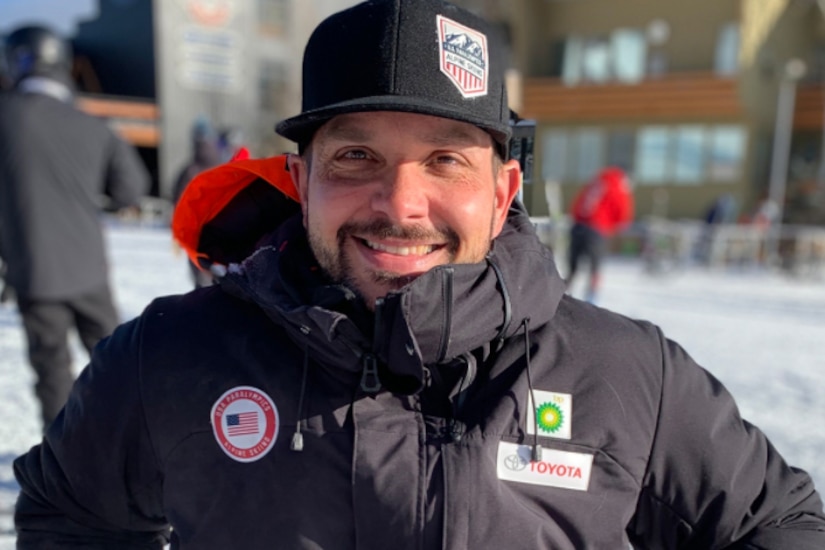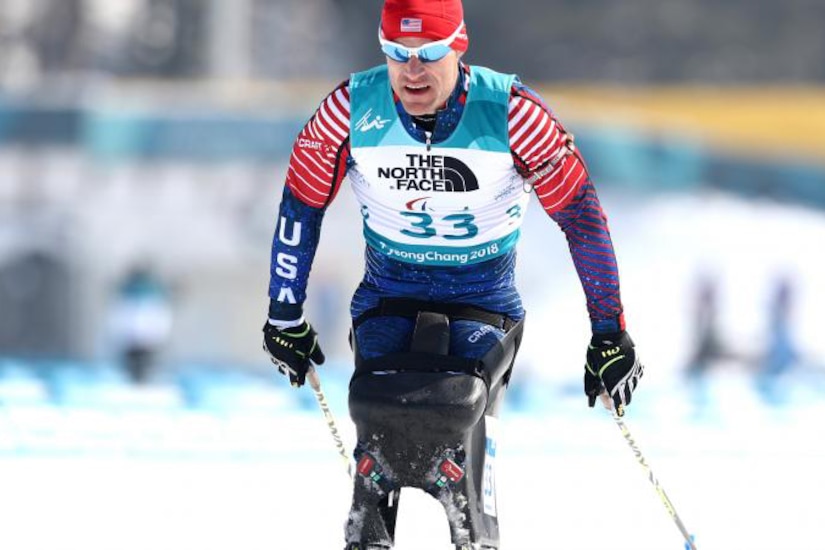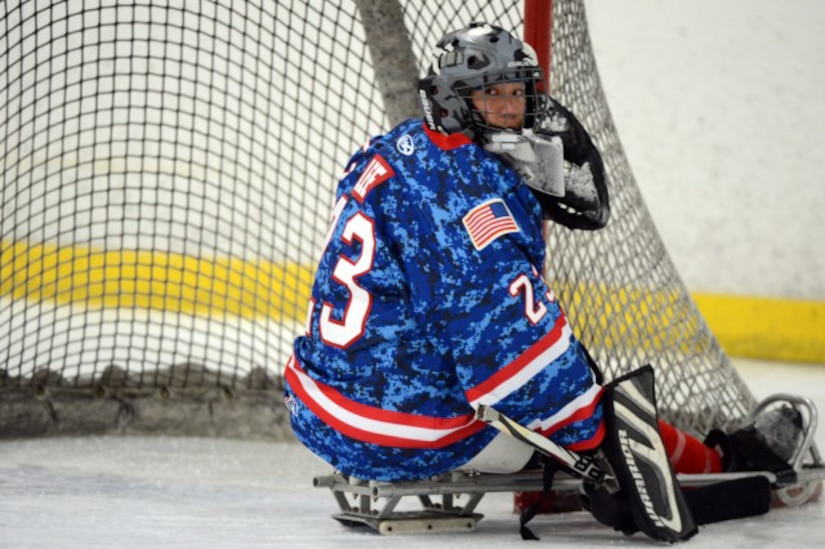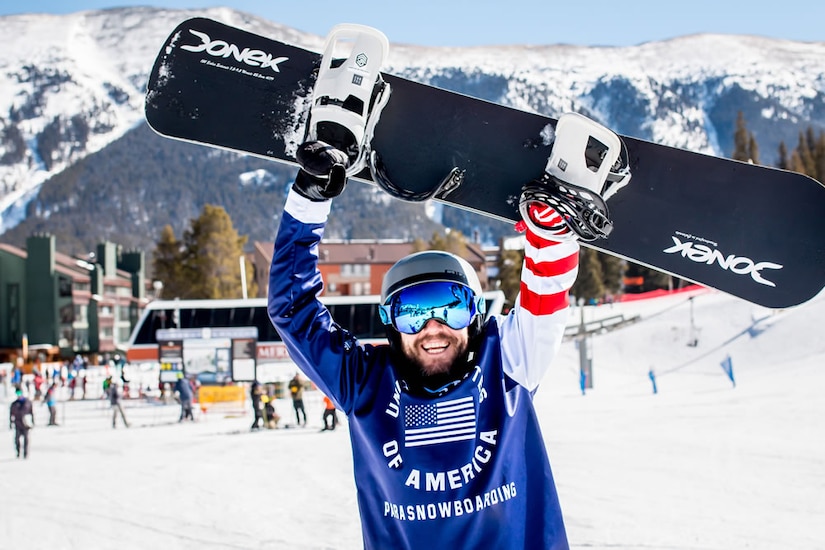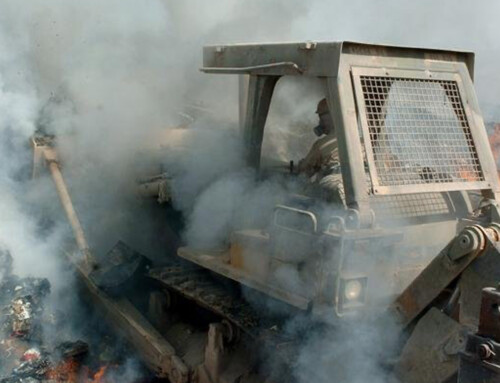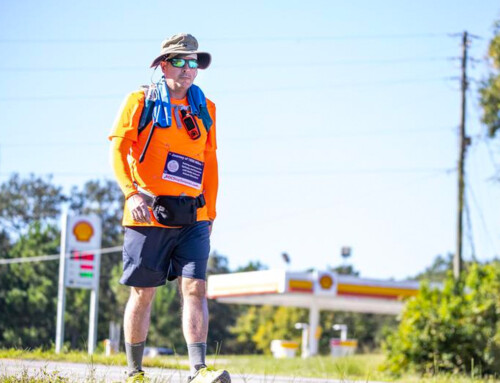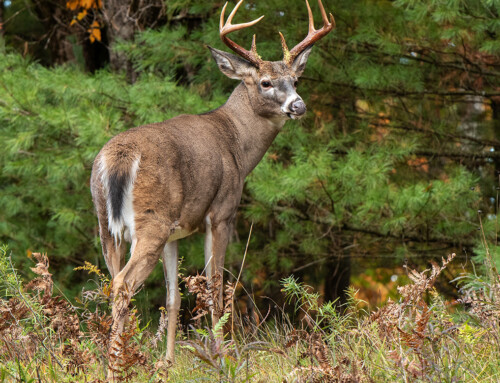The XIII Winter Paralympic Games are underway in Beijing and the nearby areas of Yanqing and Zhangjiakou.
The international event, which runs through March 13, features 78 events in five sports: Alpine skiing, 30 events; Nordic skiing, including the biathlon, 18 events, and cross-country skiing, 20 events; para ice hockey, one event; snowboarding, eight events; and wheelchair curling, one event.
Alpine skiing: David Williams, Army
More About Paralympic Winter Games
The Winter Paralympics is open to athletes with physical disabilities, including mobility disabilities, amputations, blindness, intellectual disabilities and cerebral palsy. They’re held every four years following the Winter Olympic Games; they’re held in the same city that hosts the Olympic Games.
The origin of the Winter Paralympics is similar to that of the Summer Paralympics. Injured soldiers returning from World War II pursued sports as an avenue to healing. Dr. Ludwig Guttmann organized sports competitions between British convalescent hospitals began in 1948 and continued them until 1960 when parallel Paralympic Games were held in Rome after the 1960 Summer Olympics. Over 400 wheelchair athletes competed at the 1960 Paralympic Games, which became known as the first Paralympics.
The Winter Paralympics began in 1976 in Ornskoldsvik, Sweden. They were the first to feature athletes other than those in wheelchairs.

